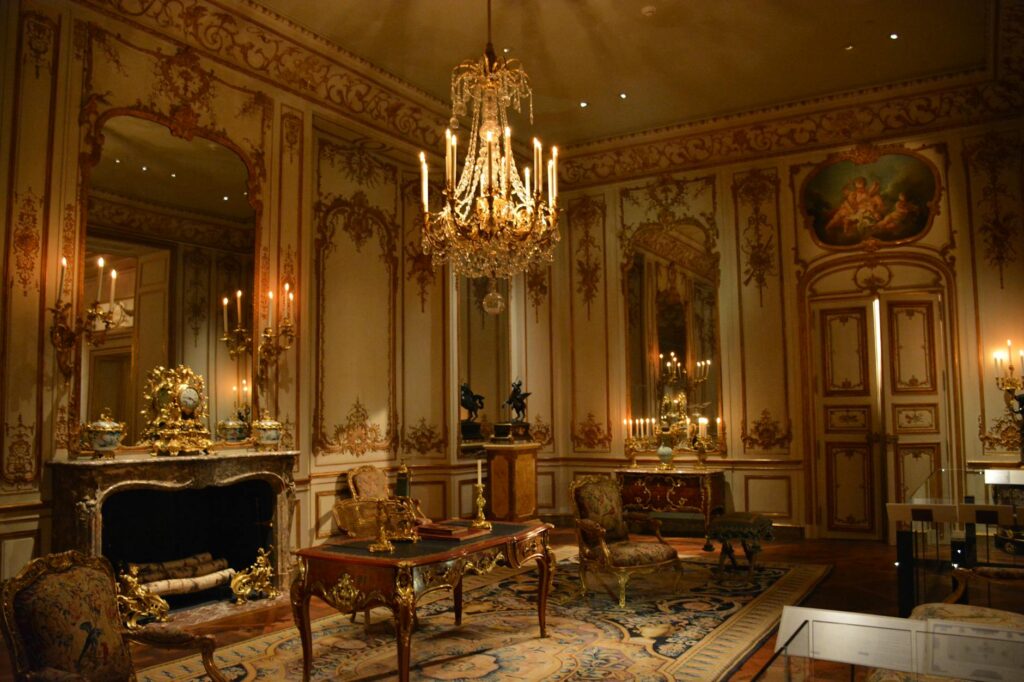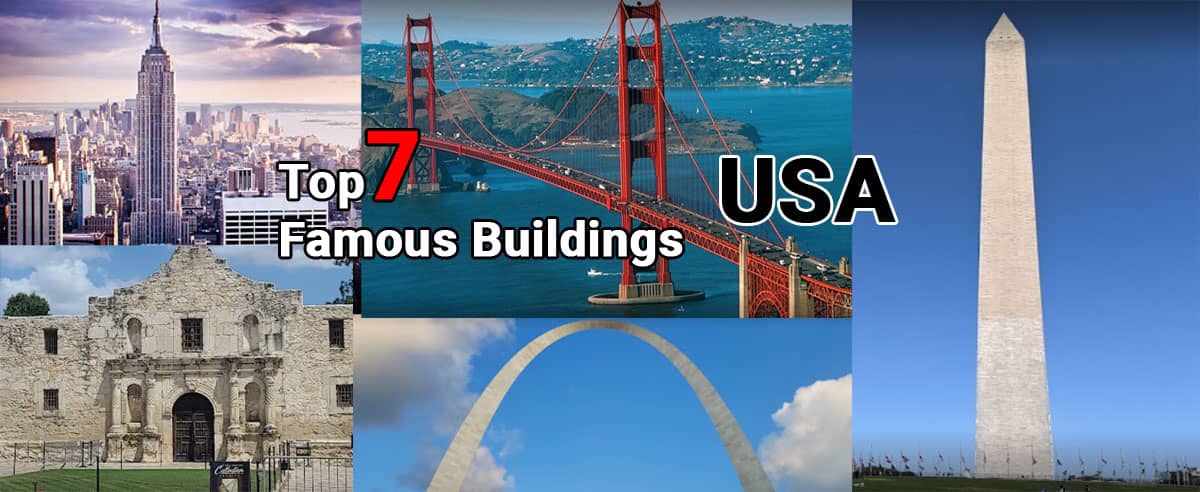The Baroque style, flourishing from the late 16th to the mid-18th century, left an indelible mark on architecture worldwide. Characterized by its grandeur, drama, and extravagance, Baroque buildings are instantly recognizable for their ornate details and powerful visual impact. Let’s delve into the key elements that define this captivating architectural movement.
Ornate Detail and Decoration
Baroque architecture is defined by its profuse ornamentation. Think elaborate carvings, sculpted figures, gilded accents, and intricate moldings. Every surface seems to be alive with detail, creating a sense of overwhelming richness. 
Dramatic Use of Light and Shadow
Baroque architects masterfully manipulated light and shadow to heighten the emotional impact of their designs. They employed techniques like strategically placed windows and concave and convex curves to create a dynamic interplay of light and darkness, enhancing the overall drama. [IMAGE_2_HERE]
Grand Scale and Imposing Presence
Baroque buildings are often characterized by their immense scale and imposing presence. They were designed to awe and inspire, reflecting the power and authority of the patrons who commissioned them. Think grand palaces, opulent churches, and monumental squares.
Curved Lines and Movement
Unlike the strict geometry of Renaissance architecture, Baroque designs embraced curves and flowing lines. These curves create a sense of movement and dynamism, leading the eye across the facade and drawing the viewer into the building’s space. [IMAGE_3_HERE]
Use of Columns and Pilasters
Columns and pilasters, often of colossal proportions, were frequently used to create a sense of grandeur and support. They were often intricately decorated and incorporated into the overall decorative scheme, further emphasizing the richness of the design. However, these classical elements were used in ways to heighten the dynamic and expressive effects of the Baroque aesthetic, differing from their more restrained use in earlier periods. Learn more about classical orders.
Sculptural Elements
Sculpture played a vital role in Baroque architecture, with figures often integrated into the building’s facade or placed within niches and recesses. These sculptures, often depicting religious or mythological scenes, added another layer of narrative and visual richness. [IMAGE_4_HERE]
Dynamic Façades
Baroque facades often feature a dynamic composition, with multiple levels, projections, and recesses that create a sense of depth and movement. The interplay of different architectural elements and the use of contrasting materials further enhance this effect. Explore examples of Baroque facades.
Influence of Religion and Power
Much of Baroque architecture was commissioned by the Catholic Church and powerful monarchs, reflecting their desire to project power, wealth, and religious devotion. This patronage significantly shaped the style’s grandeur and theatricality. The opulent interiors of Baroque churches were designed to inspire awe and reverence, while palaces conveyed the majesty of their rulers. Discover the religious context of Baroque architecture.
In conclusion, Baroque architecture stands as a testament to human creativity and ambition. Its dramatic use of space, light, and ornamentation continues to captivate and inspire architects and art lovers alike. The legacy of this expressive style is evident in countless buildings around the world, a lasting symbol of a period of great artistic and cultural flourishing.
Frequently Asked Questions
What are some key characteristics of Baroque architecture? Key characteristics include elaborate ornamentation, dramatic use of light and shadow, grand scale, curved lines, the use of columns and pilasters, sculptural elements, and dynamic facades.
Where can I see examples of Baroque architecture? Examples can be found throughout Europe, particularly in Italy, France, Spain, and Austria. Many significant examples also exist in Latin America.
How did the Baroque style differ from previous architectural styles? The Baroque style differed from the preceding Renaissance style through its emphasis on movement, drama, and intense ornamentation, contrasting with the Renaissance’s focus on symmetry, balance, and classical restraint.
What were the main influences on Baroque architecture? The main influences were religious fervor (particularly within the Catholic Church), the desire to project power and authority by monarchs and the wealthy, and the flourishing artistic climate of the period.

